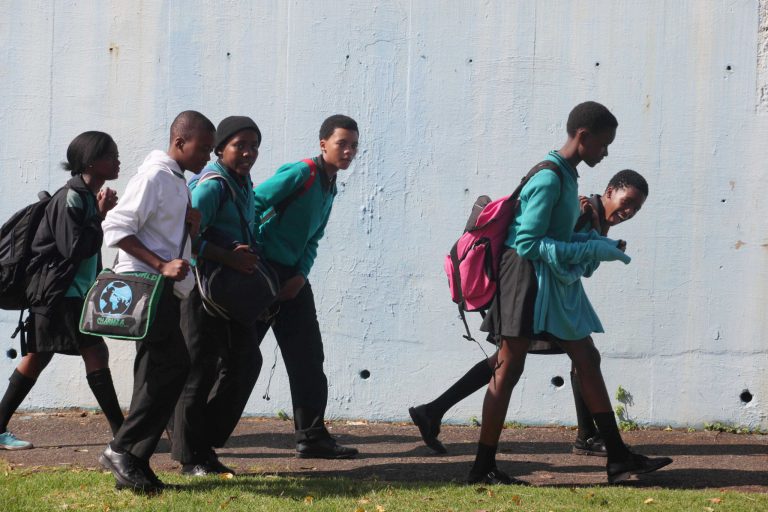
Global education is bringing expansion to all corners of the globe. The latest developments come from Africa, where new data suggests that the number of international schools on the continent could double over the next 10 years.
According to research conducted by the International School Consultancy (ISC), the number of international institutions in which English is the primary language of instruction is anticipated to increase from the current 722 schools to a potential 1,518 by 2025. As the number of schools rises, enrolment will also see major growth, with a 113 percent increase forecast over the next 10 years, bringing the number of international school students in Africa to 625,000.
The ISC findings on the African international schools market were presented at the Association of International Schools in Africa (AISA) Conference 2015 in Cape Town in March.
“International school enrolment is increasingly dominated by the richest 5 percent of non-English speaking parents looking for places at English-medium international schools in their own countries,” Nicholas Brummitt, chairman of ISC, told The PIE News.
“This has come about as a result of an increase in wealth. As income increases, an English-medium international school education becomes high on the list of priorities for many families.”
Another reason for the growing popularity of international schools, say experts, is the poor quality of many local institutions, leading local families, as well as those from other countries, to seek private international schools for their children.
“In many cases, the national systems are not as robust as they could be,” said Peter Bateman, executive director of AISA. “Parents are looking for alternatives and as a result of this, international schools are growing in number.”
School data indicates that more than half of the students currently attending AISA schools are local children.
“Quality education that better enables graduates to find places in colleges and universities, both locally and abroad, is a key factor why an increasing number of local families are sending their children to international schools,” said Bateman.
A British curriculum is the most popular option for international schools in Africa, with more than 80 percent of AISA member schools providing instruction in a UK curriculum to their students.
Yet even as international institutions and other private schools become more attractive options for families with available income, there are questions about their effectiveness – and whether private schools are always automatically better than public ones.
A 2014 study conducted by the UK’s Department for International Development found few advantages to private schools in developing countries. Though the report stated that teaching standards in private schools were usually higher than those in government-run public schools, it found only “moderate” evidence that private schools performed better on metrics like learning outcomes and female student enrolment, among others.
“It’s common sense that private schools never have and never will deliver for poor people … Only free public schooling can see us move closer to education for all as opposed to a few,” Max Lawson, Oxfam’s head of global campaigns, told the Guardian.
Like this? You’ll love these…
Most countries have failed to meet education goals
Are private schools really better than public schools?







